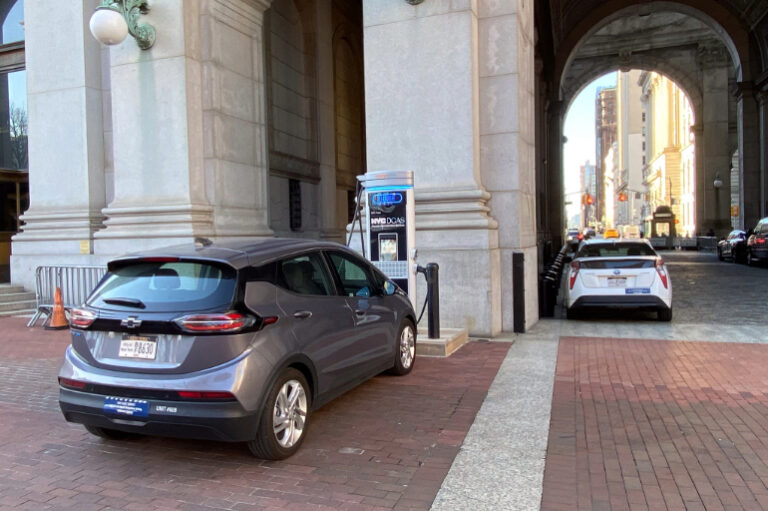Last year was a huge year for new vehicles with total sales ticking over one million by October for the first time ever. While growth slowed in the last quarter of the year, it’s clear that seven-figure new vehicle sales are the new norm in Australia.
But with more models on offer than ever before, more segments than ever, various propulsion options, incoming efficiency standards, and a hit-and-miss array of incentives across states and territories – it’s never been harder for fleet managers to find the right vehicle.
That’s where we come in, as your trusted source of news, reviews and commentary on Australia’s fleet market. If there happens to be a topic of vehicle we haven’t covered, we encourage our readers to let us know.
Next year is gearing up to be a huge year for the Australian automotive industry, with some brands, like MG, suggesting it’ll be their biggest yet. An exciting array of fleet-suitable vehicles are also due in 2025, including the Ford Ranger PHEV, Kia K4, MG7, Kia Tasman and a new Toyota Camry.
In the meantime, here are the 10 most-read articles from across the year at Fleet Auto News!
10. Hotly anticipated Kia Tasman ute revealed…dividing opinion with its quirky appearance
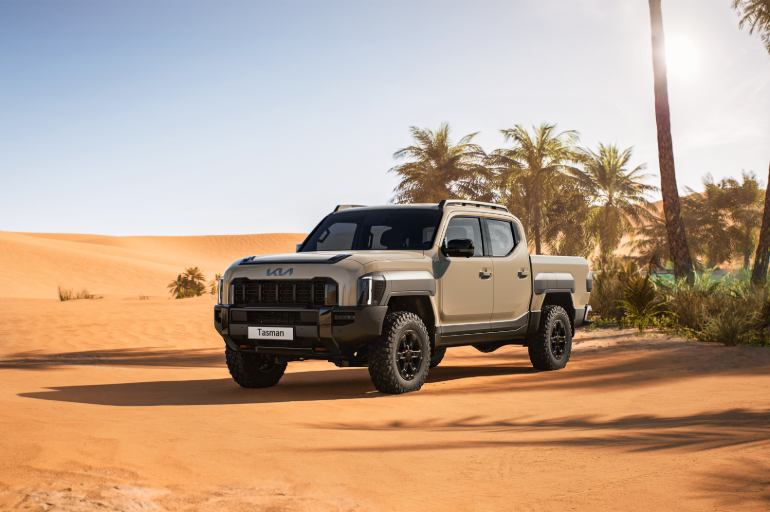
Kia unveiled its Tasman ute to Australian media in October, after teasing its imminent arrival with one of the most iconic television ads in recent history, but the unusual appearance of the tray-back model divided the internet. Does it look good, bad, or flat-out ugly?
While we’ll let you decide what you think of its futuristic looks, under the skin the Kia Tasman appears fit for work and play, with more technology and design smarts onboard than many of its established ute competitors.
According to Kia, its design team “deliberately shunned” the familiar shape and style of traditional utes, instead opting for a fresh (or ugly, depending on who you ask) aesthetic that is both futuristic and somewhat stripped back, with much of the design elements also serving a functional purpose.
While pricing is yet to be confirmed, Kia told media it will initially launch the Tasman in Korea during the first half of 2025, before introducing it in Australia, Africa and the Middle East. We will provide more details of local pricing and specifications when we find out more.
Read the full story here.
9. Geotab wins huge U.S. Government deal

Geotab, a global leader in connected vehicle solutions, announced in February that it was awarded a new single-source contract by the General Services Administration (GSA) to provide telematics solutions for over 400,000 GSA-leased and agency-owned vehicles.
Geotab’s world-leading data solutions and analytics will support the GSA’s commitment to improved operating efficiency, productivity, and sustainability.
“Our ongoing partnership with GSA demonstrates the effectiveness of leveraging quality data intelligence and continued innovation through telematics in the public sector,” said Neil Cawse, CEO of Geotab. “Through our collaboration, government agencies have the critical tools required for better efficiency, heightened security and more sustainable operations.”
The contract highlights the government’s preference to utilise quality, reliable data to inform decisions about the modernisation of its fleet.
Read the full story here.
8. EV depreciation curve similar to ICE vehicles
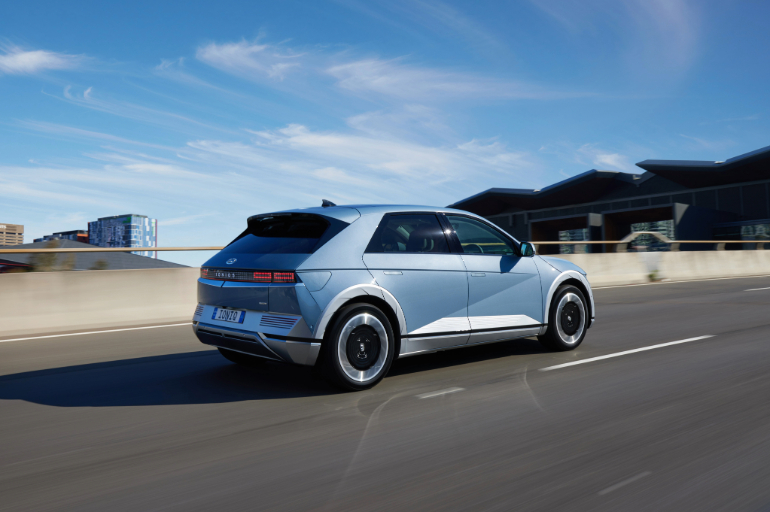
It’s one of the big fleet management questions, what’s a vehicle worth in three or five years? So when we ran into Brendon Green, General Manager, Motor Vehicles at Pickles Auctions, at the Everything Electric Show in Sydney, we asked about the market for used electric vehicles and were disappointed with the answer.
With some of the recent headlines of suggesting the end of the electric vehicles, we were hoping to find some bargains in the auction lanes but Green assured us that while there had been an adjustment in prices that were overinflated (for all powertrains) recently, there were no unusual price drops on electric vehicles.
“They were inflated, they were 20% higher than what the average ICE car was,” explained Green. “Now, they’re more or less aligned with where the average ICE car prices are these days, from a residual value standpoint as a percentage.”
“So that’s really good to see. Good to see it’s not dropping. That it’s holding ground against the ICE cars, which should give fleet companies and owners confidence when they’re buying those electric cars that they will be good value in the years to come.”
Read the full story here.
7. Rumours of consolidation amongst FMOs
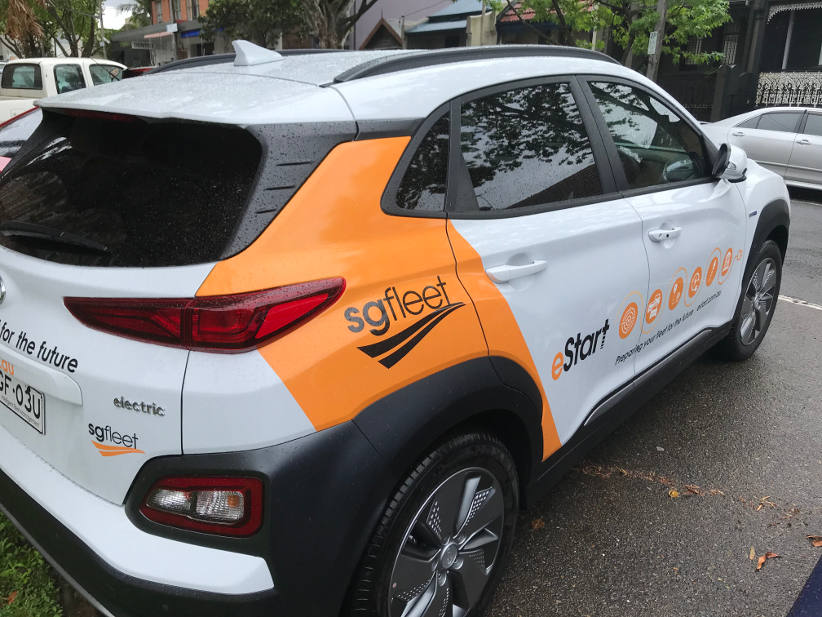
In the last week of July an article was published by The Australian that the major shareholder of SG Fleet wanted to cash out almost 20 years after it purchased Fleet Australia from the Commonwealth Bank in 2006.
The report suggested Super Group, a logistics company based in South Africa, was considering a sale of its 53% share of SG Fleet so it could return the funds to its local operations.
Previously SG has been the one to make the move in the market with acquisitions of novated leasing provider NLC in 2016 and Leaseplan in 2021. The CEO, Robbie Blau, has repeatedly made the case for industry consolidation claiming the economies of scale provide significant benefits.
Read the full story here.
6. SPECIAL REPORT: New York City leads green fleet charge
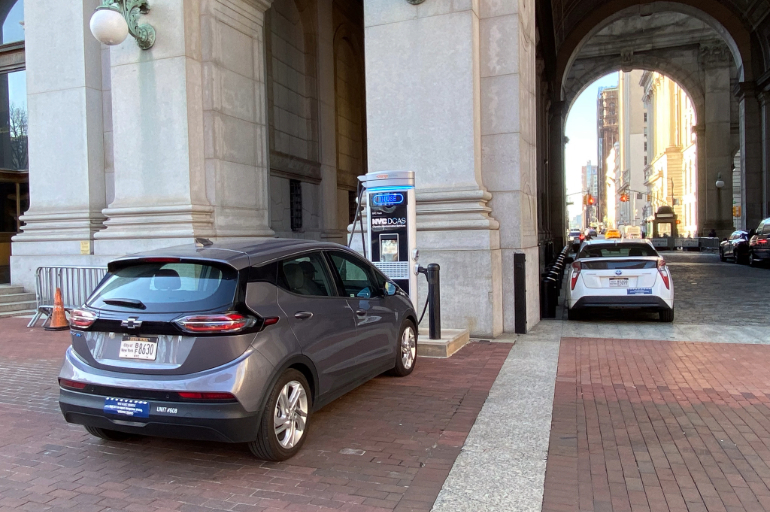
The New York City government is on track to achieve its ambitious fleet sustainability goal as it attempts to halve greenhouse gas emissions across the city’s 28,700 vehicles by 2025 – known as the 50×25 initiative – using biofuels and electrified vehicles.
New York has the largest municipal fleet in the United States and it is now the cleanest too, utilising a mix of alternative fuel sources including electric, hybrid, solar, and biofuel to reduce emissions. The City also focuses on continually improving efficiencies, through methods like fleet reduction and fleet sharing.
Deputy Commissioner and Chief Fleet Officer at New York City Department of Citywide Administrative Services (DCAS), Keith Kerman, has played a pivotal role in cleaning up the city’s fleet, so far reducing the total annual fuel use by more than 20 million litres since 2013.
Speaking with Fleet Auto News, Keith says his approach has been one that utilises an array of emissions reduction technologies ranging from biofuels to hybridisation, as the City nears its 2025 goal.
Read the full story here.
5. The history of Corolla in Australia
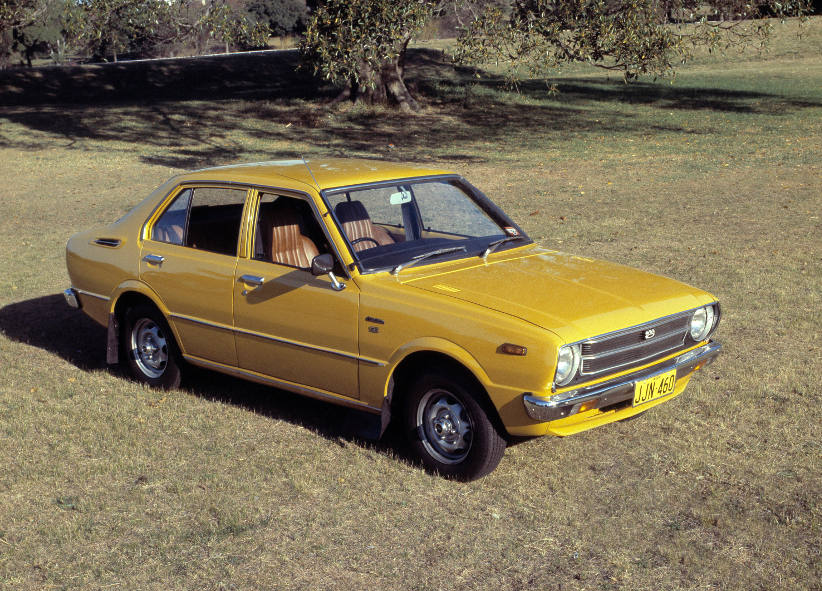
While this story was first published by Fleet Auto News back in 2021, it has remained a favourite amongst readers. After all, who hasn’t owned or at the very least driven a Corolla at some point?
From the first generation Corolla in 1967, with its 1.1-litre engine and rear-wheel-drive layout, to the current generation model with hybrid power and impressive performance courtesy of the Toyota New Global Architecture (TNGA) platform.
Read the full story here.
4. Top 5 Fleet Management Organisations in Australia
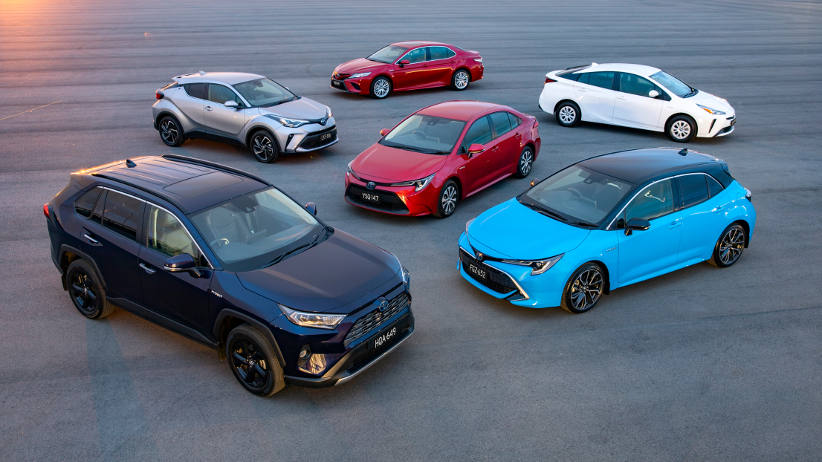
The Australian Corporate Fleet Insights Report outlines the top 5 Fleet Management Organisations (FMOs) across fleets of any size.
This report was prepared by ACA Research with the help of the Australasian Fleet Management Association (AfMA). It’s an informative report that was first conducted in 2018.
Read the full story here.
3. Understanding Tare, GVM, and GCM for Fleet Managers

For fleet managers overseeing truck operations, understanding the intricacies of vehicle weight limits is essential to ensuring safety, efficiency, and compliance with Australian transport regulations.
Despite the importance, terms like Tare, Gross Vehicle Mass (GVM), and Gross Combination Mass (GCM) can be confusing, especially for those new to the trucking industry. This article aims to clarify these concepts and explain how they impact the amount of load your trucks can carry.
Understanding Tare, GVM, and GCM is not just a matter of regulatory compliance—it’s about ensuring the safety of your drivers and other road users.
Read our full rundown here.
2. Government updates fleet purchasing policy
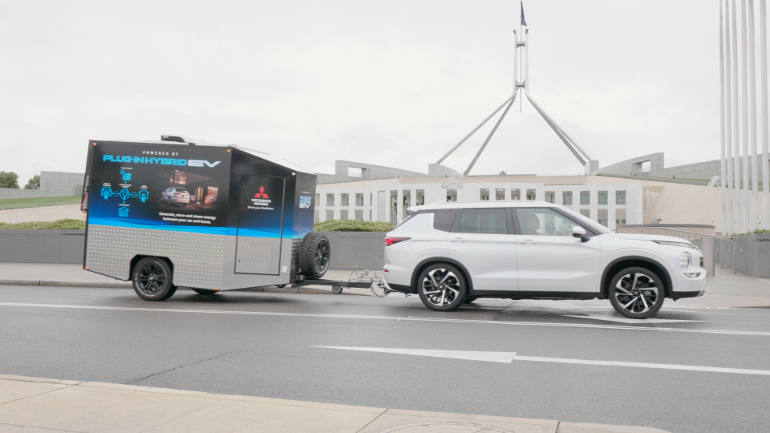
As Australia entered National Road Safety Week in May, the Australian Government showed leadership in further prioritising the safety of its employees by implementing an enhancement to its Commonwealth Fleet Vehicle Selection Policy.
The policy, which establishes procurement criteria for Commonwealth Government fleet vehicles, requires vehicles to hold a five-star ANCAP safety rating and a datestamp within three years.
The policy in place prior to this update was already strong, requiring five-star vehicles with a datestamp of no older than six years, with this latest update strengthening the Government’s focus on safety for its employees and the broader Australian community.
Read the full story here.
1. Historical ULP and diesel pump prices in Australia
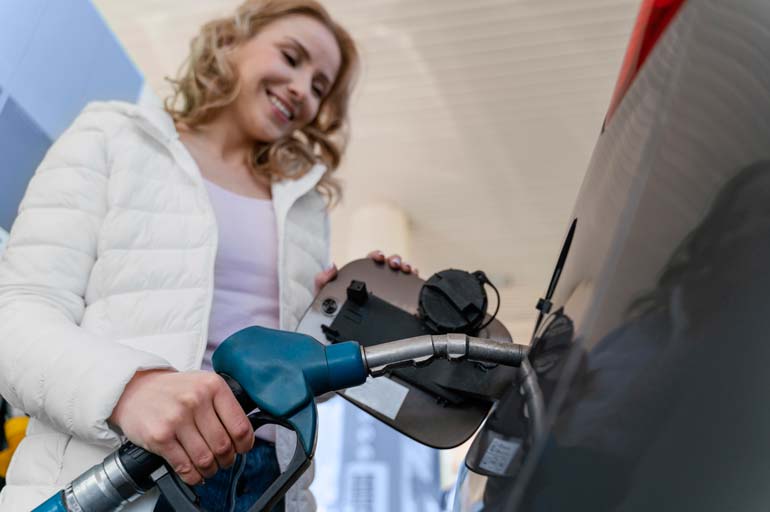
Working out annual fuel budgets can feel like guess work even with the most reliable forecasts.
To help with this process, and also for a trip down memory lane, Fleet Auto News has sourced historical pump prices on petrol and diesel in each state from the Australian Institute of Petroleum website.
We have been updating the pump price guide since 2018, bringing you an ongoing rundown of fuel prices in Australia.
Read the full story here.



